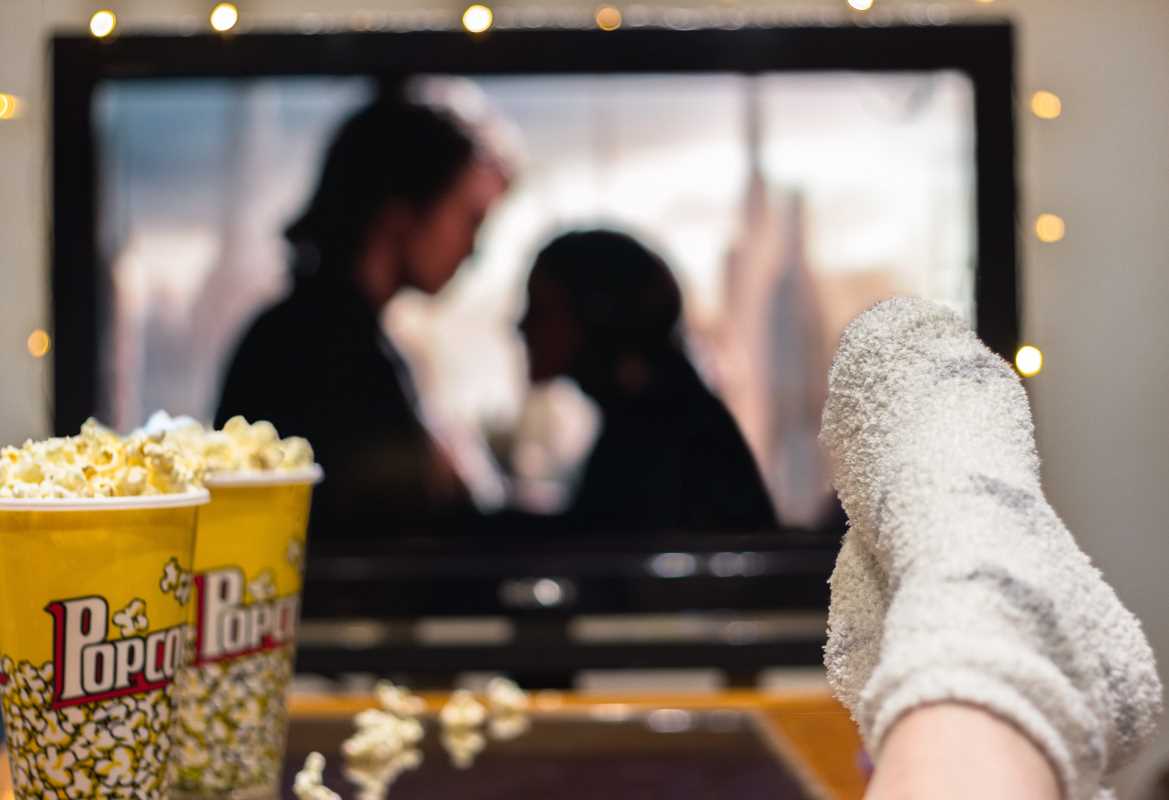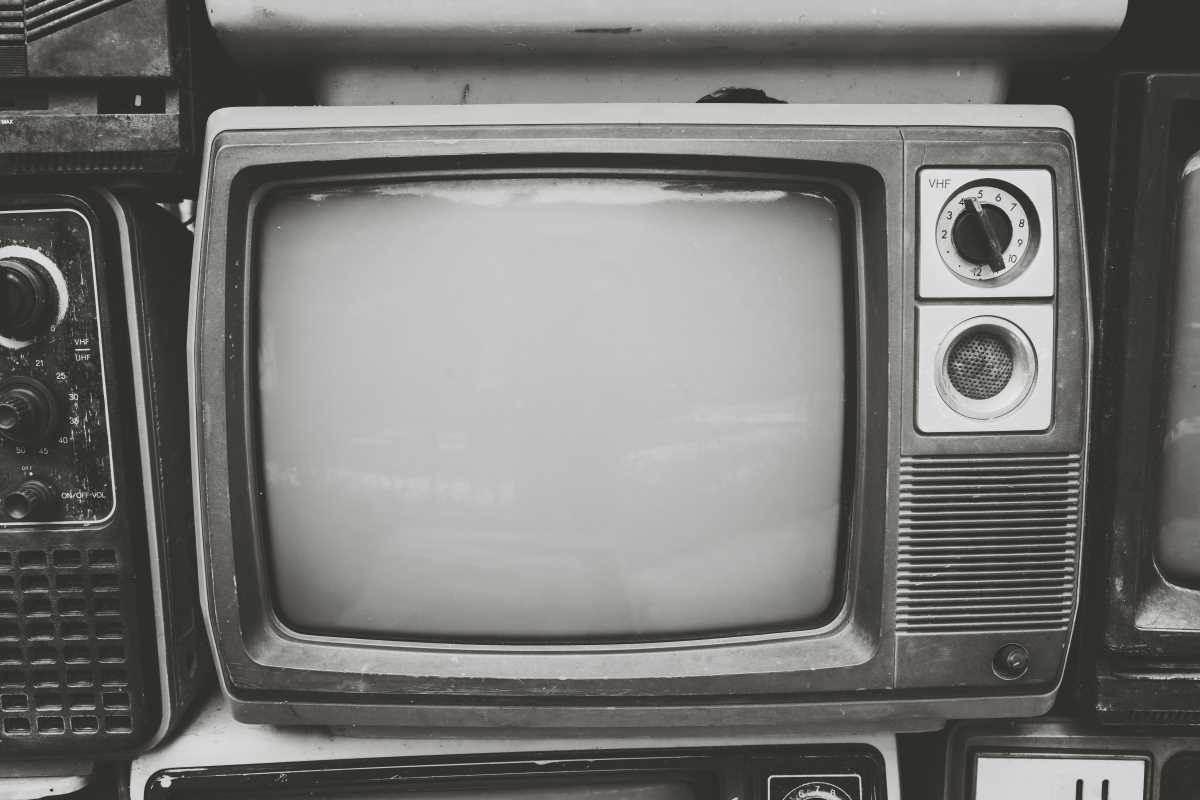Historical drama series have long been a staple of television, offering a rich tapestry of storytelling that blends historical events with compelling characters and gripping narratives. The genre allows audiences to immerse themselves in different periods of history, often shedding light on little-known events and people. While some historical dramas take creative liberties for the sake of entertainment, others prioritize authenticity, ensuring that the nuances of the time period are accurately depicted. These series capture the essence of the past, making it feel vivid, real, and relevant to contemporary viewers. Below, we explore some historical drama series that stand out for their remarkable authenticity, drawing viewers into worlds that feel truly grounded in the past.
Chernobyl (2019)
Created by: Craig Mazin
One of the most recent and highly acclaimed historical drama series, Chernobyl, takes a meticulous approach to retelling the 1986 nuclear disaster in the Soviet Union. The show delves into the events leading up to, during, and after the catastrophic explosion at the Chernobyl Nuclear Power Plant. It follows the scientists, workers, and officials involved in the aftermath of the disaster, as well as the heroic efforts to contain the fallout.
What makes Chernobyl feel so authentic is its attention to detail in portraying the Soviet Union’s bureaucratic and social climate. The series' set design, costumes, and language (which includes subtle use of Russian accents without over-exaggeration) transport viewers to a period fraught with political tension and the struggle for truth. The series also captures the harrowing personal stories of those affected by the disaster, from the first responders to the citizens who unknowingly suffered the consequences of the radiation. The show is praised for not sensationalizing the events but rather focusing on the true human cost of the disaster. The authenticity of the sets, from the decaying remnants of Chernobyl itself to the interiors of Soviet-era apartments, immerses the viewer in a world that feels eerily real.
The Crown (2016–present)
Created by: Peter Morgan
Netflix's The Crown chronicles the reign of Queen Elizabeth II, beginning with her ascension to the throne in 1952. Over the course of the series, the show explores the personal and political challenges faced by the Queen and the British royal family during pivotal moments in history. The show’s meticulous attention to detail has earned it praise for its authenticity in depicting historical events, including the Suez Crisis, the Apollo 11 moon landing, and the tumultuous relationship between Princess Diana and Prince Charles.
The authenticity of The Crown is most evident in its depiction of the royal family’s complex personal dynamics, as well as the broader socio-political context of post-war Britain. The series uses real-life historical events as a backdrop to explore the emotional and psychological burdens of monarchy, presenting Queen Elizabeth not just as a political figurehead, but as a woman facing the weight of history.
Costume designer Michele Clapton and the show’s production team have gone to great lengths to recreate royal attire and historical accuracy, even down to the minute details of fabrics and jewelry worn by the characters. The script balances the grandiosity of historical events with the intimacy of the royal family’s personal lives, allowing viewers to experience the profound challenges faced by those at the top of British society.
The Americans (2013–2018)
Created by: Joe Weisberg
Set during the Cold War, The Americans follows the lives of Elizabeth and Philip Jennings (Keri Russell and Matthew Rhys), two Soviet spies living in the United States under deep cover as an ordinary suburban couple. The series expertly explores the tension between personal loyalty and ideological commitment, as the Jennings family navigates their espionage work while raising two children in America.
One of the key elements that gives The Americans its authentic feel is the meticulous recreation of the 1980s. The series pays close attention to the cultural, political, and social atmosphere of the time. From the music to the fashion, the production team gets every detail right, capturing the tension of the Cold War era. Additionally, the portrayal of espionage and the moral complexities of the Jennings’ lives offers a nuanced and realistic look at the psychological toll of living a double life.
While The Americans is fictional, the depiction of life behind the Iron Curtain and the portrayal of KGB operations feel rooted in real events, thanks to the series' creators working closely with historical experts. It is a tense, gripping, and ultimately heartbreaking examination of loyalty, identity, and the costs of war.
Mad Men (2007–2015)
Created by: Matthew Weiner
Mad Men is a critically acclaimed drama that takes place in the 1960s, primarily focusing on the lives of advertising executives working in Manhattan’s Madison Avenue. At its core, the series is an exploration of identity, societal change, and the effects of capitalism during a pivotal time in American history. While it offers a look at the personal lives of its characters, it also delves into the social dynamics of the era, covering themes like gender inequality, racial tension, and the evolving role of women in the workplace.
The authenticity of Mad Men lies in its painstaking attention to detail. From the period-specific furniture and fashion to the depiction of historical events such as the Kennedy assassination and the civil rights movement, the show captures the look and feel of the 1960s with remarkable precision. Its portrayal of the advertising industry is grounded in real practices, reflecting the challenges and opportunities that shaped the media landscape during the era.
The characters’ evolving relationships reflect the shifting cultural norms of the time. Don Draper (Jon Hamm), the enigmatic advertising executive at the center of the show, symbolizes the complexities of masculinity in a changing world, while Joan Holloway (Christina Hendricks) and Peggy Olson (Elisabeth Moss) represent the changing roles of women in both the workplace and society.
Outlander (2014–present)
Created by: Ronald D. Moore
Based on Diana Gabaldon's book series, Outlander blends historical drama with fantasy and romance. It follows Claire Randall (Caitriona Balfe), a World War II-era nurse who is mysteriously transported back in time to 18th-century Scotland. There, she becomes embroiled in the Jacobite rebellion and must navigate a world of political intrigue, romance, and danger.
Outlander is known for its authentic depiction of 18th-century Scotland, with detailed sets, costumes, and historical events. The series captures the culture and landscape of the time, from the rugged Scottish Highlands to the intricacies of 18th-century politics. It also portrays the historical realities of the period, including the tensions between the English and Scottish clans, the brutalities of war, and the complexities of religion and class.
The show’s authenticity also extends to its portrayal of relationships and power dynamics, especially with regard to gender. Claire’s struggle as a woman in a time when women had limited rights is one of the central themes of the series, and the challenges she faces resonate deeply with viewers. Through her eyes, Outlander provides a vivid portrayal of a turbulent period in history while maintaining emotional depth and authenticity.


.jpg)




